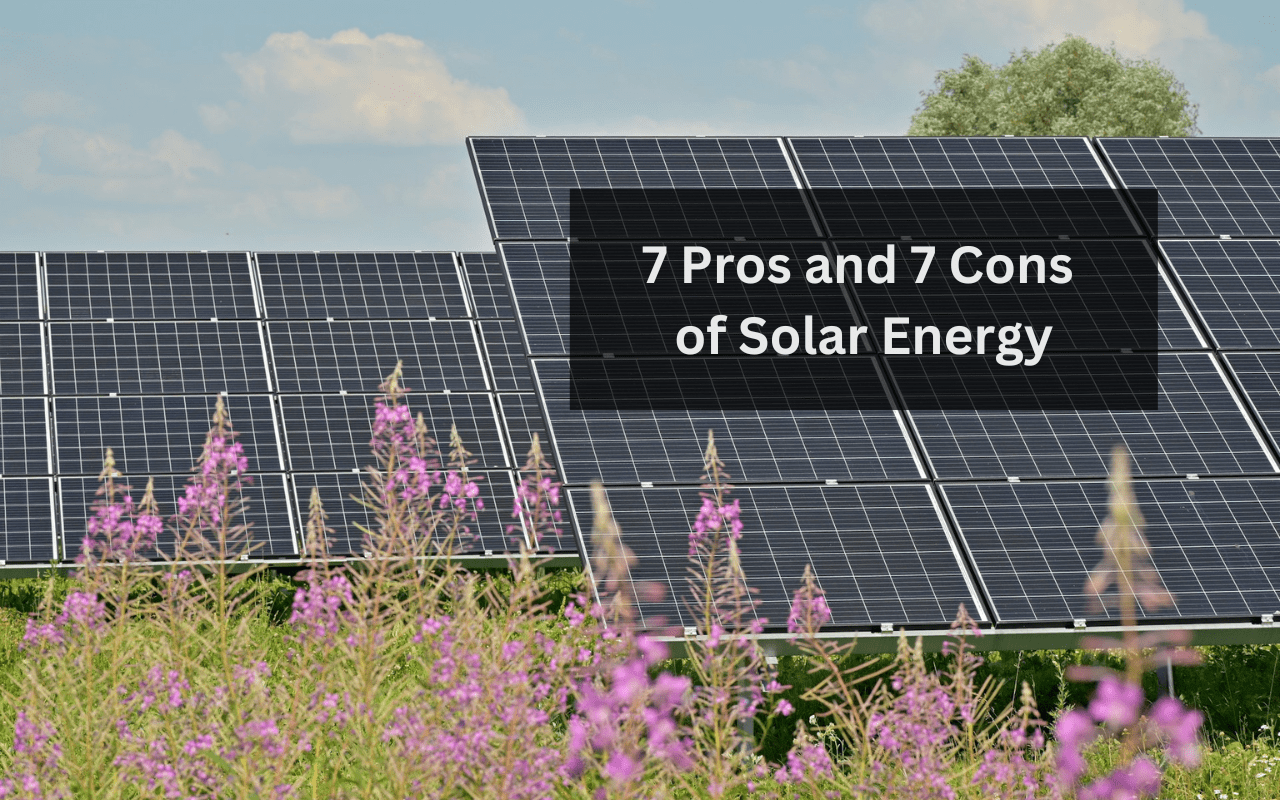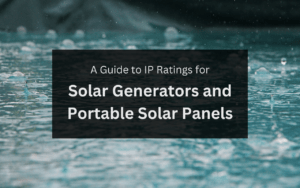Table of contents
Introduction to solar energy
Solar energy is rapidly becoming a popular choice for homeowners seeking sustainable and cost-effective energy solutions. With the potential to significantly reduce electricity bills and decrease carbon footprints, solar power offers numerous benefits.
However, it’s important to weigh these advantages against the potential drawbacks. In this comprehensive guide, we will explore the pros and cons of solar energy, drawing on data and examples from both the UK and the US. This article aims to provide a balanced view, helping you make an informed decision about whether solar energy is the right choice for your home.

The pros of solar energy
1. Reduces electricity bills
One of the most compelling benefits of solar energy is its potential to drastically reduce electricity bills. In the UK, a typical 3.5 kW solar panel system can save homeowners approximately £483 annually on energy bills.
2. Earn money back
Both the UK and the US have schemes that allow homeowners to earn money back from their solar energy systems. In the UK, the Smart Export Guarantee (SEG) requires licensed electricity suppliers to offer tariffs to small-scale, low-carbon generators, such as homes with solar panels. Any solar-generated electricity that doesn’t get used is sent back to the National Grid, and the household is paid for it.
In the US, many states offer net metering policies, which work similarly to the UK’s SEG. Net metering allows homeowners to receive credits on their electricity bills for the surplus energy their solar panels produce and feed back into the grid. These credits can be used to offset future energy costs, effectively earning homeowners money back for their excess solar power. Specific programs, such as the California Solar Initiative and the Massachusetts SMART Program, offer additional incentives and rebates for solar energy.
3. Reduces carbon footprint
Solar panels are an effective way to reduce a household’s carbon footprint. In the UK, the average residential solar panel system saves about 0.7 tonnes of carbon dioxide each year. In the US, the reduction can be even more substantial, especially considering the larger average size of homes and higher energy consumption. Switching to solar energy helps decrease reliance on fossil fuels, thereby contributing to a cleaner, more sustainable environment.
4. Low maintenance
Once installed, solar panels require minimal maintenance. In both the UK and the US, solar panels typically come with warranties of 20-25 years and can last upwards of 40 years. Maintenance mainly involves keeping the panels clean and free from obstructions, which can usually be managed by natural rainfall.
5. Silent operation
Solar panels operate silently since there are no moving parts involved in the energy generation process. This makes them a quiet and unobtrusive addition to any home, unlike other renewable energy sources such as wind turbines, which can be quite noisy.
6. Energy independence
Solar panels offer a degree of energy independence by allowing homeowners to generate their own electricity. When combined with solar battery storage, households can maintain power even during grid outages, ensuring a reliable energy supply.
7. Availability of grants and incentives
In the UK, there are several grants and schemes available to help offset the initial costs of solar panel installation, such as the ECO4 and the Home Upgrade Grant. In the US, the federal government offers the Solar Investment Tax Credit (ITC), which allows homeowners to deduct a percentage of their solar installation costs from their federal taxes. Various state-specific programs also provide rebates and incentives.
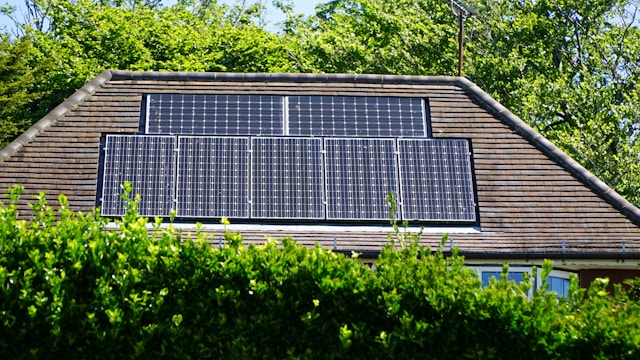
The cons of solar energy
1. High initial costs
One of the primary drawbacks of solar energy is the high initial cost of installation. In the UK, the average cost for a 3-4 kW solar PV system is around £7,026. In the US, a complete solar setup for a home can cost around $18,000 before accounting for any incentives or tax credits. Although prices have decreased significantly over the past decade, the upfront investment is still considerable for many homeowners.
2. Weather dependent
The efficiency of solar panels is highly dependent on weather conditions. Solar panels perform best during sunny days, and during cloudy or rainy periods, the energy output can be significantly lower. This variability means that homeowners may still need to rely on grid electricity during less favorable weather conditions.
3. Solar energy storage is expensive
Storing solar energy for use during non-sunny periods or at night requires large batteries, which can be quite costly. In the UK, solar battery systems are an additional expense that many homeowners find prohibitive. Similarly, in the US, the cost of residential lithium-ion solar battery systems can range from $7,000 to $14,000. These storage systems are essential for achieving energy independence but add a significant cost to the overall solar energy system.
4. Space requirements
Solar panels require a considerable amount of space to install. The average solar panel is about 2m², and a typical system requires multiple panels to generate sufficient electricity. Homeowners with limited roof space may need to consider ground-mounted systems, which require additional land.
5. Environmental impact of manufacturing
While solar energy is a clean and renewable source of power, the manufacturing process for solar panels involves some environmental drawbacks. The production of solar panels includes the use of toxic materials and the emission of greenhouse gases. Despite these issues, studies show that the environmental impact of manufacturing solar panels is far outweighed by the environmental benefits of using them, with panels offsetting their production energy within one to four years of use.
6. Difficulty with relocation
Solar panels are designed to be a long-term investment, and relocating them can be challenging and expensive. If homeowners decide to move, they might find it costly and time-consuming to uninstall and reinstall their solar systems. This semi-permanence means that solar panels are often best suited as an investment in the current property rather than something to take along when moving.
7. Not all roofs are suitable
The suitability of a roof for solar panel installation depends on several factors, including orientation, angle, and shading. Ideally, roofs should face south at a 30-45 degree angle to maximize solar efficiency. In both the UK and the US, homeowners with north-facing roofs or significant shading from trees or buildings may find it difficult to achieve optimal solar panel performance.
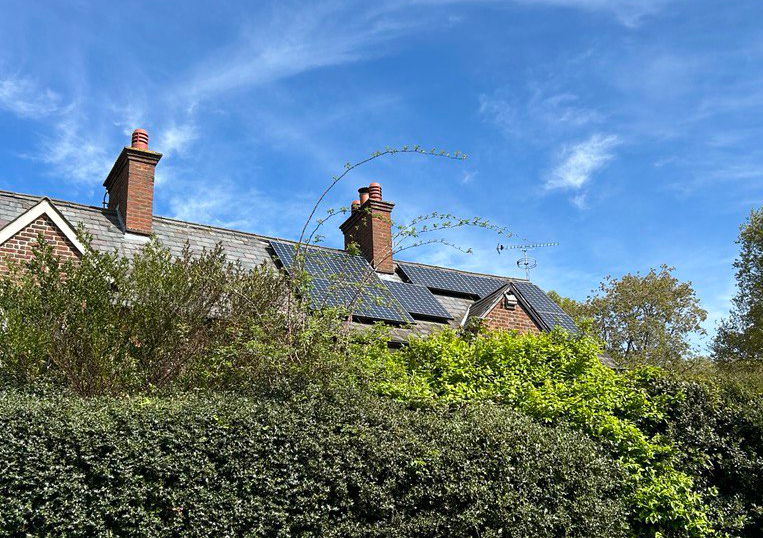
Solar energy in the UK
Growth and adoption
The UK has witnessed a significant rise in the adoption of solar energy, reflecting a growing commitment to renewable energy. Over 1.3 million houses in the UK now have solar panels, thanks to a substantial decrease in costs over the last decade.
Government incentives
Support from government schemes has been pivotal in facilitating this expansion. Initiatives like the Smart Export Guarantee (SEG), discussed above, allow homeowners to earn money by selling surplus energy back to the grid, enhancing the financial benefits of solar installations. Moreover, the Home Upgrade Grant and other local authority schemes offer financial assistance to cover up to 100% of installation costs for eligible households, particularly those that are energy-inefficient and not connected to the gas grid.
Environmental impact
Solar panels in the UK not only contribute to lower energy bills but also play a crucial role in reducing carbon emissions. An average residential solar panel system in the UK can save about 0.7 tonnes of carbon dioxide annually.
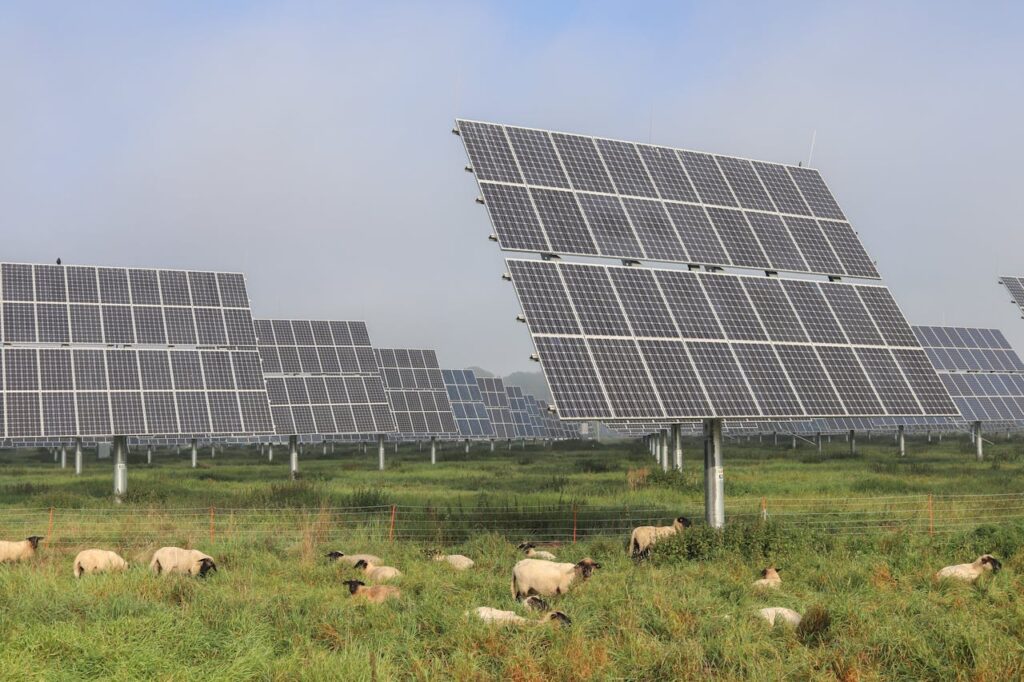
Solar energy in the US
Federal and state incentives
In the US, federal incentives such as the Investment Tax Credit (ITC), which allows for a deduction of a percentage of solar installation costs from federal taxes, have spurred significant growth in the solar industry. Additionally, various states offer their own incentives, including rebates, tax breaks, and net metering policies that allow consumers to sell excess power back to the grid, enhancing the affordability and attractiveness of solar investments for homeowners and businesses alike.
Regional variations and challenges
The effectiveness of solar energy systems in the US can vary significantly by region due to differences in climate and sunlight availability. States like California and Arizona benefit from high solar irradiance, which maximizes the efficiency of solar panels, whereas less sunny areas may not experience quite the same level of efficiency but still benefit from solar power’s reliability and environmental impact.

Conclusion
Solar energy presents a clear opportunity for cost savings and environmental benefits, evident in both the UK and US markets. The appeal of reduced electricity bills and the potential for earning from surplus energy is significant, supported by the evolving affordability of solar technologies. However, the initial setup cost, weather dependence, and space requirements are substantial factors to consider before installation.
The environmental impact of manufacturing and disposal of solar panels also poses concerns that need to be addressed through improved technology and regulation. With the ongoing advancements in solar technology and increasingly supportive policies, solar energy remains a viable and attractive option for those looking to invest in renewable energy sources. Making informed decisions based on a clear understanding of solar energy’s pros and cons will help consumers navigate their energy choices effectively.
For more reading, you might be interested in:


